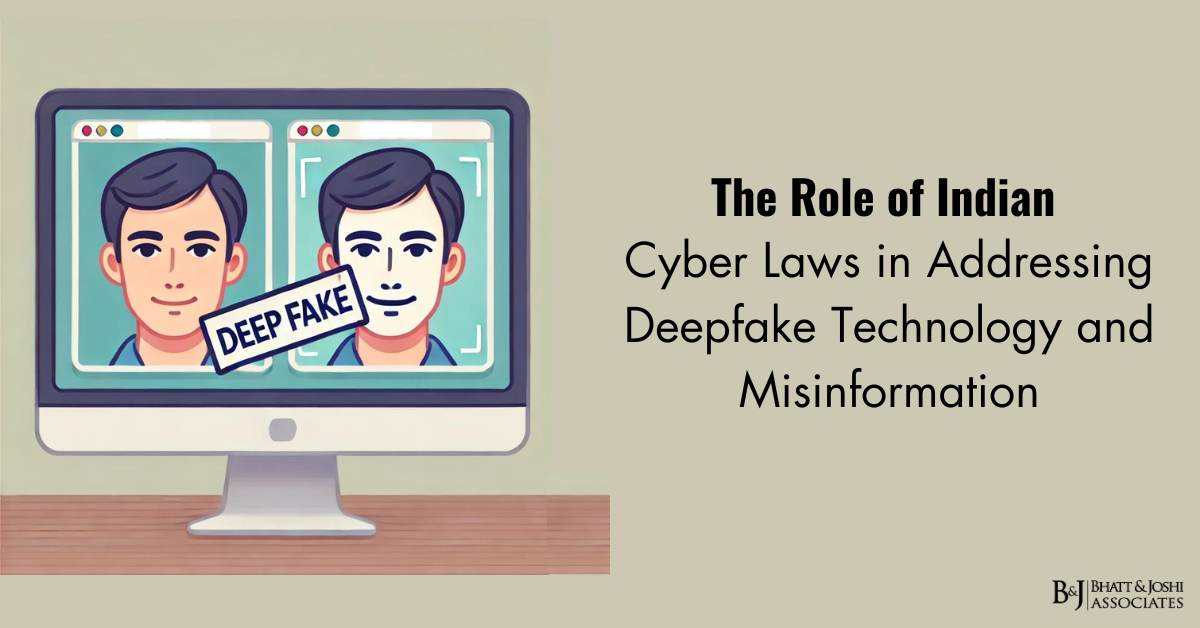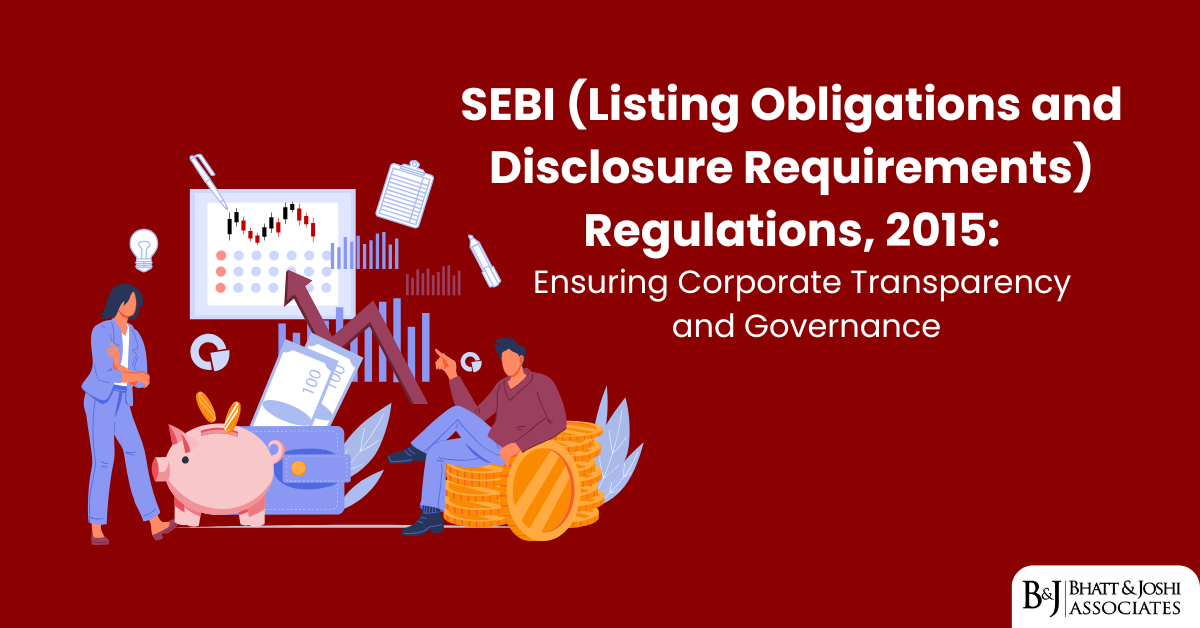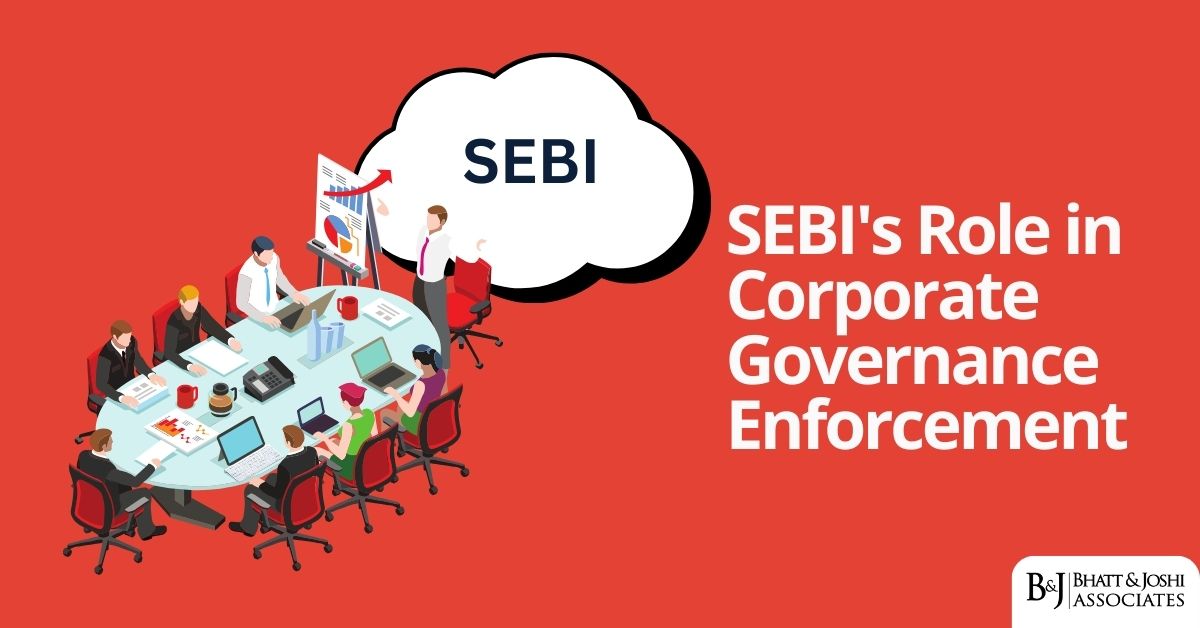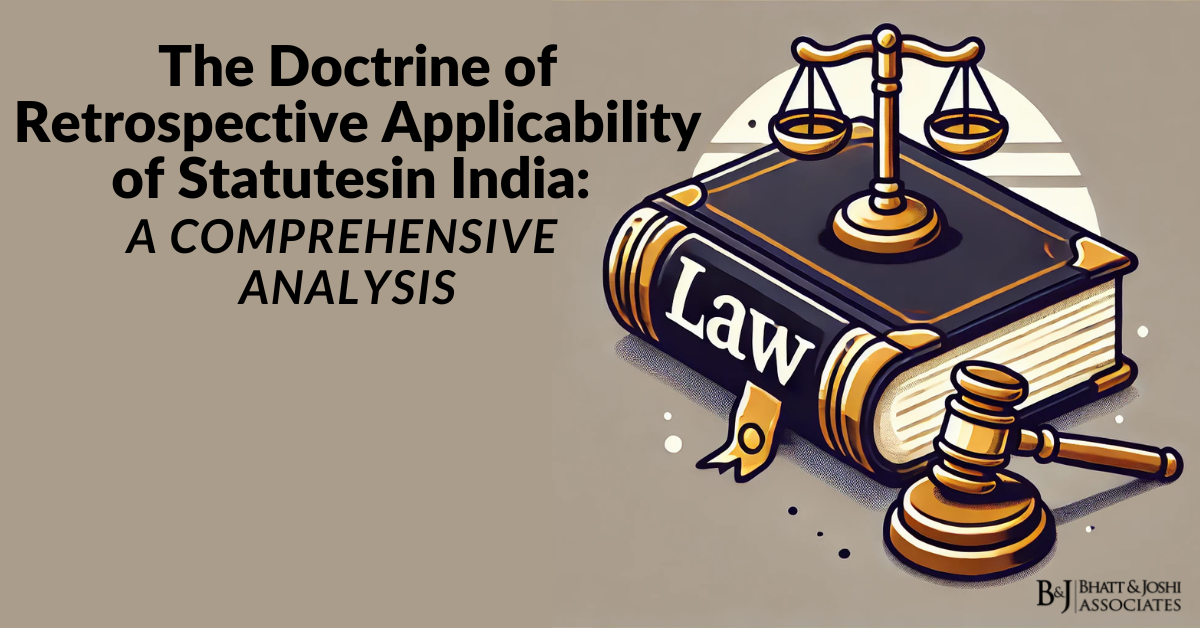Introduction
The advent of deepfake technology and the proliferation of misinformation pose significant challenges to the integrity of information in the digital age. Deepfakes, which involve the use of artificial intelligence to create highly realistic but fake audio, video, or images, have the potential to deceive audiences and spread false information. Misinformation, on the other hand, refers to false or misleading information that is disseminated without malicious intent, whereas disinformation is spread deliberately to deceive. In India, these phenomena have raised concerns about their impact on democracy, public trust, and societal harmony. This article explores the role of Indian cyber laws in addressing the challenges posed by deepfake technology and misinformation, examining the legal framework, the effectiveness of current measures, and potential solutions to enhance regulatory responses.
Understanding Deepfake Technology and Misinformation
The Rise of Deepfake Technology
Deepfake technology leverages sophisticated machine learning algorithms, particularly deep learning techniques, to manipulate or fabricate visual and audio content. This technology can superimpose one person’s face onto another’s body in a video, create synthetic voices that mimic real individuals, and generate images that appear authentic but are entirely artificial. While deepfakes have legitimate applications in entertainment and art, their potential for misuse is alarming.
The creation of deepfakes requires access to extensive datasets and advanced computational resources, but the barriers to entry are lowering. As the technology becomes more accessible, the likelihood of its use for malicious purposes increases. Deepfakes can be employed to undermine public figures, spread false information, blackmail individuals, and perpetuate fraud. The sophistication of deepfake technology makes it difficult for the average person to distinguish between real and fake content, exacerbating the potential for harm.
The Proliferation of Misinformation
Misinformation spreads rapidly in the digital age, facilitated by social media platforms, messaging apps, and online news sources. The ease with which information can be shared and the tendency for sensational or emotionally charged content to go viral exacerbate the problem. Misinformation can range from harmless inaccuracies to dangerous falsehoods that incite violence, panic, or public unrest.
In India, misinformation has manifested in various forms, including rumors about health issues, political propaganda, and communal tensions. The spread of misinformation can erode public trust in institutions, disrupt social cohesion, and pose risks to public health and safety. For instance, during the COVID-19 pandemic, misinformation about the virus, treatments, and vaccines spread widely, complicating public health efforts and causing confusion. Addressing misinformation requires a multifaceted approach involving legal, technological, and educational measures.
The Legal Framework for Cyber Laws in India
Information Technology Act, 2000: The Foundation of Cyber Law
The Information Technology Act, 2000 (IT Act), serves as the primary legislation governing cyber activities in India. Enacted to provide a legal framework for electronic transactions and address cybercrimes, the IT Act has been amended over the years to keep pace with evolving technologies and emerging threats. Key provisions of the IT Act are relevant to combating deepfake technology and misinformation.
Section 66D of the IT Act addresses cheating by personation using computer resources, which can be applicable in cases involving deepfakes used to impersonate individuals. Section 67 regulates the transmission of obscene material in electronic form, which can be invoked against deepfakes that involve explicit content. Section 69A grants the government the power to block public access to information online in the interest of sovereignty, integrity, and public order, which can be used to curb the spread of harmful deepfakes and misinformation.
Indian Penal Code, 1860: Addressing Cybercrimes
The Indian Penal Code, 1860 (IPC), also includes provisions that can be applied to cybercrimes, including those involving deepfake technology and misinformation. Offenses such as defamation (Section 499), forgery (Section 463), and criminal intimidation (Section 503) can be prosecuted under the IPC when committed using digital means.
Section 505 of the IPC addresses statements conducing to public mischief, which can be applicable to misinformation that incites violence or public disorder. The IPC’s broad legal framework provides a basis for prosecuting various forms of cybercrime, including the creation and dissemination of harmful deepfakes and misinformation. These provisions are crucial for maintaining public order and protecting individuals from harm caused by false information.
Challenges in Regulating Deepfake Technology and Misinformation
Technical Complexity and Detection
One of the primary challenges in regulating deepfake technology is its technical complexity. Detecting deepfakes requires advanced forensic tools and expertise, as the technology used to create them is continually evolving. While some deepfakes can be identified through inconsistencies in visual or audio elements, more sophisticated deepfakes may require in-depth analysis using machine learning algorithms.
The rapid advancement of deepfake technology means that detection methods must constantly adapt to stay ahead of new developments. Law enforcement agencies and regulatory bodies need access to cutting-edge tools and continuous training to effectively identify and combat deepfakes. Additionally, the sheer volume of content generated and shared online makes it difficult to monitor and identify every instance of deepfake creation and dissemination.
Legal and Jurisdictional Issues in Deepfake Technology and Misinformation
Legal and jurisdictional issues complicate the regulation of deepfake technology and misinformation. The global nature of the internet means that content can be created and disseminated from anywhere in the world, making it difficult to establish jurisdiction and enforce laws. Cross-border cooperation and international agreements are essential for addressing these challenges.
Moreover, existing laws may not be adequately equipped to address the specific nuances of deepfake technology and misinformation. Legal definitions and frameworks must evolve to encompass the unique characteristics of these phenomena. This may involve updating existing laws or enacting new legislation specifically targeting deepfakes and misinformation. For example, defining what constitutes a deepfake and distinguishing between harmful and benign uses can help in crafting effective regulations.
Balancing Free Speech and Regulation
Balancing the regulation of deepfakes and misinformation with the protection of free speech is a delicate task. Overly stringent regulations can stifle legitimate expression and creativity, while insufficient regulation can allow harmful content to proliferate. Policymakers must navigate this balance carefully to ensure that regulatory measures are effective without infringing on fundamental rights.
The principles of proportionality and necessity should guide the development of regulations. Measures should be targeted at preventing and mitigating harm while preserving the right to free expression. Transparent processes and avenues for redress are essential to maintain public trust in regulatory frameworks. Ensuring that regulations are applied consistently and fairly can also help in maintaining the balance between security and freedom.
Potential Solutions and Future Directions
Enhancing Legal Frameworks to Address Deepfake Technology and Misinformation
Enhancing legal frameworks is crucial for effectively addressing the challenges posed by deepfake technology and misinformation. This can involve updating existing laws to specifically address deepfakes and misinformation, as well as enacting new legislation that provides clear definitions and guidelines for prosecution.
Legal reforms should focus on creating comprehensive and adaptable frameworks that can keep pace with technological advancements. This may include provisions for the detection and removal of harmful deepfakes, penalties for creators and distributors of malicious content, and mechanisms for protecting victims of deepfake attacks. Establishing clear legal standards can help in prosecuting offenders and deterring potential misuse.
Leveraging Technology for Detection and Prevention
Leveraging technology is essential for detecting and preventing the spread of deepfakes and misinformation. Advances in artificial intelligence and machine learning can be harnessed to develop sophisticated deepfake detection technology and monitor online content. Collaborative efforts between technology companies, academic institutions, and government agencies can drive innovation in this area.
Automated systems can scan and flag suspicious content, while human oversight ensures accuracy and accountability. Public-private partnerships can facilitate the sharing of expertise and resources, enhancing the overall effectiveness of detection and prevention efforts. Additionally, developing open-source tools and making them available to smaller organizations can democratize access to advanced detection technologies.
Promoting Digital Literacy and Public Awareness
Promoting digital literacy and public awareness is critical for combating the impact of deepfake technology and misinformation. Educating the public about the existence and potential harm of deepfakes, as well as how to identify and report them, can reduce the likelihood of their spread and influence.
Digital literacy programs should target diverse audiences, including students, professionals, and senior citizens, to ensure comprehensive awareness. Collaborating with educational institutions, media organizations, and civil society groups can enhance the reach and impact of these initiatives. By fostering critical thinking skills and promoting media literacy, individuals can become more discerning consumers of information.
Strengthening Global Collaboration on Deepfakes technology and Misinformation
Strengthening international cooperation is vital for addressing the global nature of deepfake technology and misinformation. Cross-border collaboration can facilitate the sharing of best practices, joint investigations, and the development of international standards and agreements.
International organizations, such as the United Nations, Interpol, and regional bodies, can play a crucial role in fostering cooperation and coordination. Engaging in multilateral discussions and agreements can enhance the collective ability to combat these challenges effectively. Building a global coalition to address deepfake technology and misinformation can lead to more cohesive and comprehensive strategies.
Implementing Ethical Guidelines for AI and Media
Implementing ethical guidelines for the use of artificial intelligence in media and content creation is essential for mitigating the risks associated with deepfake technology. Ethical guidelines can provide a framework for responsible AI development and deployment, ensuring that the technology is used for beneficial purposes and not for harm.
Industry standards and codes of conduct can promote transparency, accountability, and ethical behavior among developers and content creators. Encouraging adherence to these guidelines through incentives and regulatory measures can help foster a culture of responsibility and integrity in the digital ecosystem. By establishing clear ethical standards, stakeholders can ensure that AI technologies are developed and used in ways that respect human rights and promote social good.
Encouraging Research and Development
Encouraging research and development in the field of deepfake detection and prevention is crucial for staying ahead of malicious actors. Governments, academic institutions, and private sector organizations should invest in research initiatives that focus on developing new techniques for identifying and mitigating deepfakes.
Research can also explore the psychological and social impacts of deepfakes and misinformation, providing insights into how these phenomena influence public perception and behavior. Understanding these impacts can inform the development of more effective educational and regulatory measures.
Building Robust Reporting and Response Mechanisms
Building robust reporting and response mechanisms is essential for addressing the spread of deepfakes and misinformation. Platforms should implement user-friendly reporting systems that allow individuals to flag suspicious content easily. Once content is flagged, platforms need to have efficient processes for reviewing and, if necessary, removing harmful material.
Establishing clear guidelines for response times and actions can improve the efficacy of these mechanisms. Additionally, platforms should provide feedback to users who report content, fostering a sense of community involvement and accountability.
Creating a Supportive Ecosystem for Victims
Creating a supportive ecosystem for victims of deepfakes and misinformation is crucial for mitigating the personal and social harm caused by these phenomena. Legal frameworks should include provisions for victim support, such as access to legal recourse, psychological counseling, and assistance in removing harmful content from the internet.
Public awareness campaigns can also play a role in reducing the stigma associated with being targeted by deepfakes. By fostering a supportive and empathetic environment, society can better address the needs of victims and reduce the impact of these harmful technologies.
Promoting Transparency and Accountability
Promoting transparency and accountability in the creation and dissemination of digital content is essential for building trust in the digital ecosystem. Platforms and content creators should be transparent about the sources of their information and the methods used to produce content.
Implementing verification processes for content creators, such as digital signatures or blockchain-based authentication, can enhance accountability. By ensuring that content can be traced back to its original source, stakeholders can prevent misinformation from spreading online and hold creators accountable for their actions.
Expanding the Role of Media and Civil Society
Media’s Role in Combating Deepfakes and Misinformation
The media plays a crucial role in combating deepfakes and misinformation by acting as a gatekeeper of information. Journalists and media organizations can help verify the authenticity of information before it reaches the public. By employing fact-checking mechanisms and investigative journalism, media entities can debunk false narratives and expose the creators of deepfakes and misinformation.
Training programs for journalists on identifying deepfakes and misinformation can enhance their ability to report accurately and responsibly. Media organizations should also collaborate with technology companies to access tools that can help verify the authenticity of digital content. This partnership can ensure that the media remains a reliable source of information for the public.
Civil Society’s Role in Promoting Digital Literacy
Civil society organizations (CSOs) can play a significant role in promoting digital literacy and raising awareness about the dangers of deepfakes and misinformation. CSOs can organize workshops, seminars, and campaigns to educate the public on how to identify and report fake content. These initiatives can target various demographics, including students, elderly citizens, and marginalized communities.
By partnering with schools, colleges, and community centers, CSOs can reach a wider audience and foster a culture of critical thinking and skepticism towards unverified information. Moreover, CSOs can act as watchdogs, monitoring the digital space for harmful content and advocating for policy changes to enhance online safety and integrity.
Academic Institutions and Research
Academic institutions can contribute to the fight against deepfakes and misinformation by conducting research on the technological, psychological, and social aspects of these phenomena. Universities can develop new detection technologies, study the impact of misinformation on society, and propose evidence-based policy recommendations.
Collaboration between academia, industry, and government can lead to innovative solutions and comprehensive strategies to address deepfake technology and misinformation. Academic conferences, publications, and collaborative projects can facilitate the exchange of knowledge and best practices among researchers and practitioners.
Developing Community-Based Approaches
Community-based approaches can enhance the effectiveness of efforts to combat deepfakes and misinformation. Local communities can be empowered to take action against these issues by creating networks of trusted individuals who can verify information and provide accurate updates.
Grassroots initiatives can include setting up local fact-checking groups, organizing community discussions on media literacy, and developing neighborhood watch programs for online content. These community-driven efforts can complement national and global strategies, creating a multi-layered defense against the spread of false information.
Encouraging Ethical Practices in Content Creation
Content creators, including influencers, bloggers, and social media personalities, have a responsibility to ensure the accuracy and integrity of the information they share. Encouraging ethical practices among content creators can help reduce the spread of deepfakes and misinformation.
Platforms can implement guidelines and provide training for content creators on responsible content creation. By promoting transparency, verifying sources, and avoiding sensationalism, content creators can contribute to a more reliable and trustworthy digital environment.
Strengthening Legal Recourse for Victims of Deepfake Technology and Misinformation
Strengthening legal recourse for victims of deepfakes and misinformation is essential for providing justice and deterring future offenses. Legal frameworks should include clear provisions for addressing the creation and dissemination of deepfakes and misinformation, as well as mechanisms for compensation and rehabilitation for victims.
Courts and law enforcement agencies need to be equipped with the knowledge and tools to handle cases involving deepfake technology and misinformation. Establishing specialized cybercrime units and providing training for legal professionals can enhance the capacity to address these complex issues effectively.
International Collaboration and Policy Harmonization
International collaboration and policy harmonization are crucial for addressing the cross-border nature of deepfake technology and misinformation. Countries can work together to develop international standards and agreements that facilitate cooperation and coordination in combating these challenges.
Harmonizing policies on data sharing, legal definitions, and enforcement mechanisms can create a cohesive global strategy. Multilateral organizations, such as the United Nations and the International Telecommunication Union, can provide platforms for dialogue and negotiation, leading to unified approaches and shared commitments.
Concluding Insights on Deepfake Technology and Misinformation
The challenges posed by deepfake technology and misinformation are multifaceted and require a comprehensive and coordinated response. Indian cyber laws provide a foundation for addressing these issues, but continuous adaptation and enhancement of legal frameworks are necessary. By leveraging technology, promoting digital literacy, strengthening international cooperation, and implementing ethical guidelines, India can effectively combat the threats posed by deepfakes and misinformation.
The role of media, civil society, academic institutions, and the international community is vital in creating a resilient and informed society. Through collective efforts, proactive measures, and a commitment to ethical practices, India can lead the way in ensuring the integrity of information in the digital age.
Addressing these challenges is not just about enforcing the law but also about fostering a culture of responsibility, transparency, and trust. By embracing a holistic approach that combines legal, technological, educational, and ethical measures, India can build a secure and trustworthy digital environment. The journey towards a secure digital future is complex and ongoing, but with collective effort and commitment, it is achievable.














